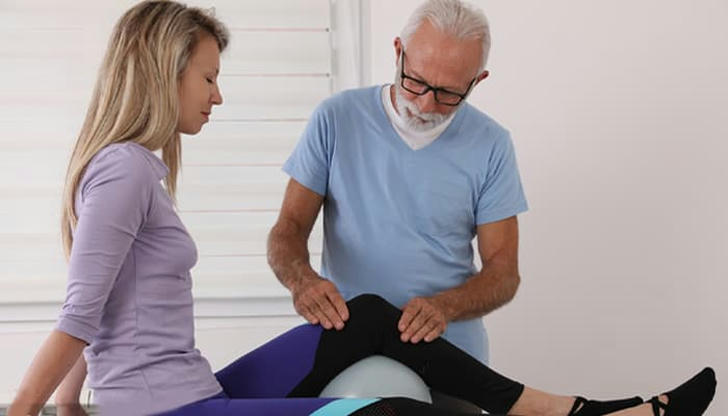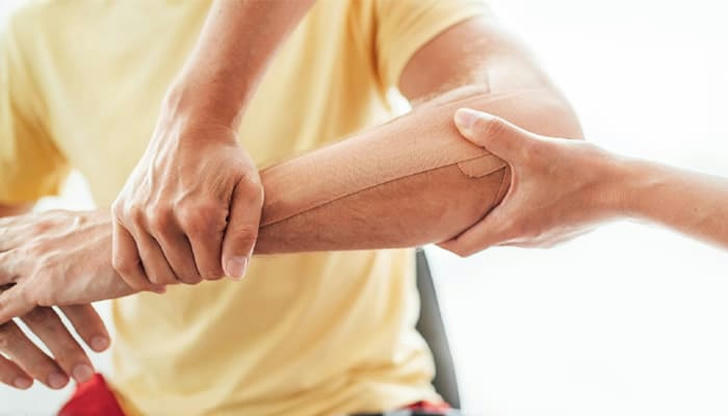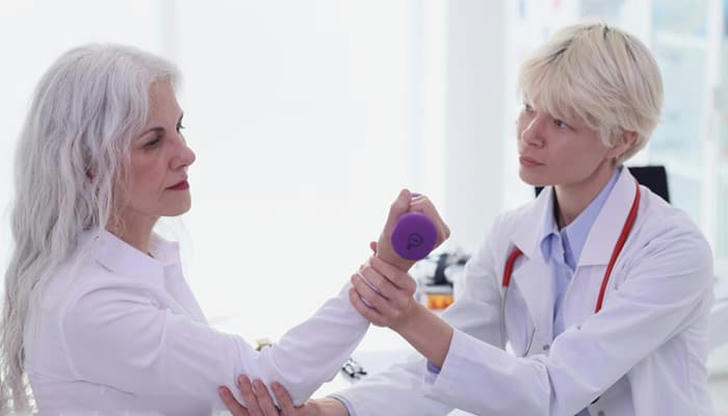Joint Care and Pain Relief: Best Practices for Aging Bodies

As we age, it’s common to start hearing more creaks and cracks from our joints. Those knees, hips, and shoulders that once took us on spontaneous hikes and wild adventures may now remind us that they’ve been through a lot. But don’t panic! While joint pain is a common issue for older adults, there’s no need to resign ourselves to a life of pain and limited mobility. With the right knowledge, strategies, and a bit of effort, we can keep our joints healthy and pain-free for years to come. Let’s dive into the best practices for joint care and pain relief.
1. Stretching: Your Best Friend
You don’t need to be a yoga guru to benefit from regular stretching. Stretching is one of the simplest and most effective ways to improve joint flexibility and prevent stiffness. Tight muscles and tendons put added stress on your joints, making them more susceptible to pain. By incorporating stretching into your daily routine, you can keep those muscles relaxed and your joints happy.
Real Case 1: Meet Jane
Jane, a 58-year-old grandmother, started noticing increasing knee pain every time she bent down to play with her grandkids. After a visit to her doctor, she was advised to start a regular stretching routine, focusing on her legs and hips. At first, Jane was skeptical — after all, she’d never been a fan of stretching. But after just a few weeks of consistent practice, she noticed significant improvement. Not only did the pain decrease, but her overall mobility improved, and she could keep up with her grandkids without any discomfort!
Key Tip: Make stretching a daily habit. A simple 10-minute routine in the morning or evening can work wonders.

2. Exercise: Strengthening for Joint Support
It may sound counterintuitive, but exercising regularly is one of the best ways to protect your joints. Strengthening the muscles around your joints helps to relieve pressure and reduce pain. It’s like giving your joints a protective cushion. The key is to find low-impact exercises that don’t put undue stress on your joints.
Real Case 2: Meet Dave
Dave, a 65-year-old retiree, was experiencing pain in his hips and lower back after years of playing tennis. He thought his active lifestyle was catching up with him, and the idea of quitting tennis felt like a death sentence. After some research and advice from his physiotherapist, Dave started strength training with weights, focusing on his core and leg muscles. He also switched to swimming for his cardio exercise, reducing strain on his hips. Within a few months, Dave felt stronger, had less pain, and was able to get back on the tennis court with less discomfort!
Key Tip: Aim for strength-building exercises 2-3 times a week, focusing on muscles around the knees, hips, and spine. Swimming, biking, and walking are excellent low-impact options for cardio.
3. Diet: The Power of Anti-Inflammatory Foods
What you put into your body can have a huge impact on joint health. Certain foods contain natural anti-inflammatory properties that can help reduce joint pain and swelling. Omega-3 fatty acids, found in fatty fish like salmon, and antioxidants, found in fruits and vegetables, are your joint’s best allies. On the other hand, try to minimize processed foods, sugars, and trans fats, which can increase inflammation in your body.
Key Tip: Incorporate more anti-inflammatory foods into your diet. Aim for a colorful plate with plenty of leafy greens, berries, and omega-3-rich foods like walnuts and fish.

4. Weight Management: Less Pressure, Less Pain
Carrying excess weight puts added strain on your joints, particularly weight-bearing ones like your knees and hips. If you’re carrying a little extra baggage, shedding even a small amount of weight can have a significant impact on joint pain. Losing weight isn’t just about aesthetics – it’s about taking care of your body and joints for the long haul.
Key Tip: Combine healthy eating with regular exercise to achieve and maintain a healthy weight. Even small weight loss can reduce joint pain and improve mobility.
5. Joint-Friendly Tools and Gadgets
Technology can be your friend when it comes to joint care. From knee braces and orthotic shoes to adjustable desks and ergonomic chairs, there are plenty of gadgets designed to make your life easier and less painful. A good pair of shoes can help with your gait, reducing stress on your knees and hips. Adjustable desks can help you avoid prolonged sitting, which can strain your lower back and hips.
Key Tip: Invest in a few joint-friendly gadgets to make your daily routine more comfortable. Supportive footwear and ergonomic chairs can make a huge difference!
6. Heat and Cold Therapy: A Quick Fix
Heat and cold treatments have been used for centuries to help relieve joint pain. Cold packs are great for reducing inflammation and numbing pain, while heat therapy can improve circulation and relax tight muscles. These simple treatments are an easy way to get temporary relief.
Key Tip: Alternate between cold and heat treatments depending on your symptoms. Use cold for swelling and heat for muscle relaxation and stiffness.

7. Supplements: Joint Health in a Pill
If you’re dealing with joint pain, you’ve probably come across various supplements that claim to help. Glucosamine, chondroitin, and turmeric are some of the most commonly recommended supplements for joint health. While they may not work overnight, studies suggest that these supplements can support joint function and reduce inflammation over time.
Key Tip: Talk to your doctor before starting any new supplements to make sure they’re right for you and don’t interfere with any medications.
8. Rest and Recovery: Don’t Overdo It
While exercise and movement are crucial, don’t forget that rest is just as important. Overworking your joints can lead to injuries and increased pain. It’s essential to listen to your body and give your joints the rest they need to recover. Incorporate rest days into your routine to avoid overuse injuries.
Key Tip: Don’t feel guilty about taking a break! Your joints need time to recover, so be kind to your body and take rest days when needed.
Conclusion
Joint care doesn’t have to be complicated, and you don’t have to live with chronic pain as you age. By incorporating a few simple strategies – stretching, exercise, healthy eating, weight management, and joint-friendly tools – you can keep your joints feeling great and continue doing the activities you love. Whether it’s walking, playing with grandkids, or getting back on the tennis court, there’s no reason to let joint pain hold you back.
Remember Jane and Dave? They’re living proof that with the right approach, you can improve joint health, reduce pain, and enjoy a fulfilling, active life. So, put these tips into action, and start taking care of your joints today – your future self will thank you!
